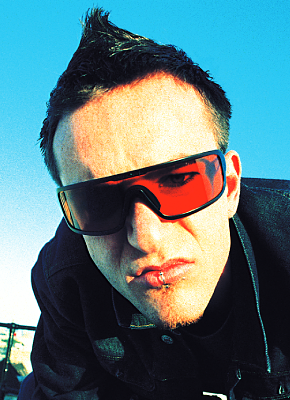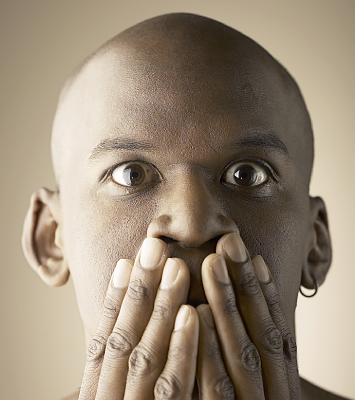Facial Mocap Guidelines (New for v 1.1)
Ensuring a correct camera setup, a well-lit environment, and proper framing of the performer are essential factors for accurate facial mocap capture and minimizing potential issues. This page will describe the guidelines and best practices for capturing facial performances from both video and camera.
Framing the Performer
When using either static or head-mounted camera setups for facial capture, it is recommended to face forward at the camera, maintain the same level position, and ensure that your head remains within-frame.
Recommended framing for static and head-mounted cameras.
Below are some examples of incorrect framing that can give poor-quality results.

|

|
|
Out-of-frame |
Facing too high |

|

|
|
Facing too low |
Off-axis |

|

|
|
Distance too far |
Distance too close |
If it’s challenging to maintain level alignment between the performer and the camera, have the performer face upward rather than downward to minimize potential recording issues.
Lighting
The optimal lighting for AccuFACE to accurately capture your facial performance is using flat lighting that eliminates shadows on the face.
AccuFACE relies on RGB camera data to capture and calibrate your facial performances. Therefore, the presence of shadows can significantly impact the accuracy of facial performance capture.

Recommended lighting for static and head-mounted cameras.
Below are some examples of insufficient lighting conditions that can give poor-quality results.

|

|
|
Underexposed lighting |
Overexposed lighting |

|

|
|
Uneven lighting |
Overpowering shadows |
Environment
A plain, pure-color background is recommended to contrast the performer’s skin tone. A cluttered background with many details and other people can result in poor capture quality.
Other Camera Capture Guidelines
The following are recommended guidelines for calibrating AccuFACE.
- Ensure that the eyes are open when saving the calibration data.
- If facial hair obscures the eyebrows, eyes, or mouth, it is advisable to adjust or trim the hair to maintain clear visibility of these key areas.
- Conceal visible facial tattoos with makeup, especially those covering extensive areas of the face.
- Prior to calibration, remove eyewear and other accessories that obstruct crucial facial areas such as the eyebrows, eyes, and mouth.
- Dos



Correct facial framing and flat lighting for the performers.
- Don'ts



Eyewear and accessories
Hair covering essential facial features
Hands covering essential facial features
